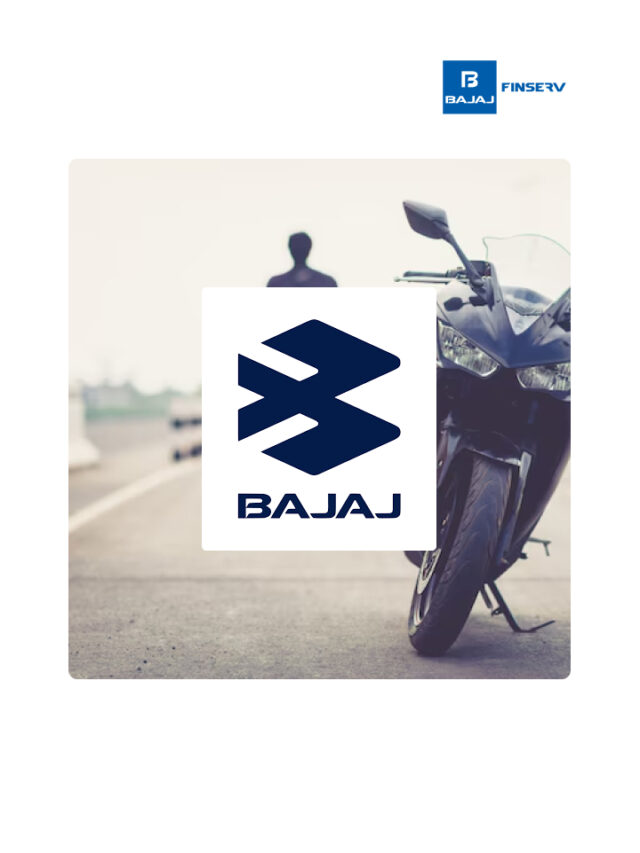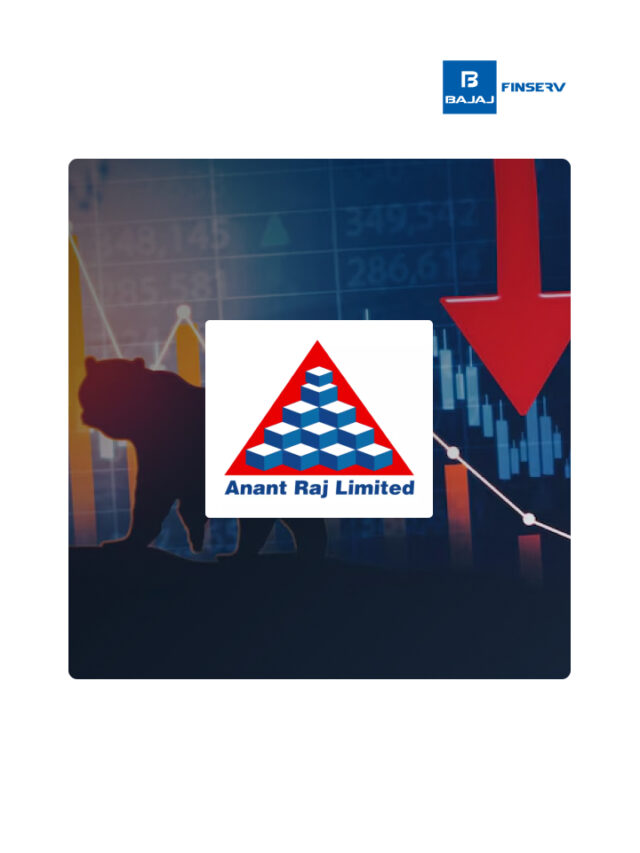What is GTT Order (Good Till Triggered)?
Last Updated on September 23, 2023 by BFSLTeam BFSLTeam

Table of Content [hide]
What is GTT Order Meaning and How Can It Help You?
GTT (Good Till Triggered) is a feature that lets you place buy or sell orders of any stock at market or limit price. These orders are valid for one year and will only be executed (triggered) when the stock price reaches your desired level. This way, you don’t have to monitor the stock price constantly.
GTT orders are not suitable for intraday trades because they have a long validity period.
Also Read: How to use Pivot Point in Intraday Trading
How to Use GTT Order in Stock Market?
You can use GTT order to buy or sell stocks at your preferred price. As soon as the stock price matches your GTT trigger price, the order will be executed. If the stock price does not reach your level within a year, the order will expire.
For example:
Suppose you want to invest in ABC stock company, which is trading at Rs 441. But you think that the stock is overvalued and you want to buy it at Rs 420. You can place a GTT buy order at Rs 420. If the stock price drops to Rs 420, the GTT order will be triggered and you will buy the stock at this price.
Types of GTT Order in Stock Market
GTT (Good Till Triggered) is a feature that lets you place an order that remains active until the trigger condition is met. The trigger condition is based on the Last Traded Price (LTP) of the stock. The trigger is valid for one year. When the trigger is met, a limit order is placed and executed if you have enough funds in your account. You will get a notification on your email and mobile device whenever a GTT is triggered and an order is placed on the exchange.
The trigger works only once. If the order is placed but not executed, you have to place the GTT order again.
There are two types of GTT orders:
- Single Trigger
You can set only one trigger where the order is placed when the LTP matches or crosses the trigger price. You can use the single trigger to enter or exit positions.
- One Cancels the Other (OCO) trigger
You can set both stop loss and target triggers in an OCO trigger. When one of the triggers is hit, the order is placed and the other trigger is cancelled.
GTT is free of cost and has no extra charges.
Also Read: Guide for cancellation of shares or placing cancel order
Some Facts About GTT Order In Stock Market
GTT (Good Till Triggered) is a feature that lets you place an order that remains active until the trigger condition is met. The trigger condition is based on the Last Traded Price (LTP) of the stock. The trigger is valid for one year. When the trigger is met, a limit order is placed and executed if you have enough funds in your account. You will get a notification on your email and mobile device whenever a GTT is triggered and an order is placed on the exchange.
Here are some facts that you should know about GTT:
- If you want to sell your equity holdings using GTT, you need to authorise it using CDSL TPIN..This is not required if you have submitted POA or DDPI.
- You can place GTT orders at any time of the day, but they will only be triggered and placed during market hours.
- You can only see the order history for triggered GTT on the day it is triggered. It will not be visible from the next day.
- You can have up to 100 active GTTs in one account at the same time.
- GTTs for shares that have corporate actions like bonus, dividend, stock split, rights, amalgamation etc., that affect the market value by more than 5% are cancelled on the ex-date/record date. This prevents the order from being triggered at a random price. You have to place the GTT order again after the corporate action if you want to.
- GTT is available only for CNC and NRML product types. It cannot be used for other product types.
- If a stock changes its category when there is a pending GTT order, it is cancelled.
- GTT order is triggered even if a stock opens with a gap up or down, crossing the trigger price. For example, if a stock closed at ₹90 on Monday and opened with a gap up at ₹110 on Tuesday, and you placed a buy GTT with the trigger of ₹100 and limit price of ₹102, the order will be triggered and placed at a limit price of ₹102. If it is not executed by the EOD, it will be cancelled like normal orders.
- Buy GTT OCO can only be placed in F&O contracts.
- Only NRML order types can be used in GTT OCO for index futures and options.
What are the Benefits of GTT?
GTT (Good Till Triggered) is a feature that lets you trade with ease and convenience. You can use GTT to place buy or sell orders of any stock at market or limit price. These orders are valid for one year and will only be executed when the stock price reaches your desired level. Here are some of the advantages of using GTT:
- Save Time: You don’t have to watch the market every second. Just place your GTT order and relax.
- Easy to Use: GTT is simple and straightforward. You just need to decide whether you want to buy or sell a stock above, below, or at the current market price. You can also add a Stop Loss and a Target and place three orders at once.
- Manage Trades Better: With GTT, you can plan your exit strategy along with your entry strategy. You can set a Stop Loss to limit your losses and a Target to book your profits. For example, if you buy a stock, you can place two sell orders with a Stop Loss and a Target. If you short-sell a stock, you can place two buy orders with a Stop Loss and a Target.
- Longer Validity of Orders: GTT orders do not expire in a day. A GTT Intraday order is valid for the same day. A GTT F&O order is valid till expiry. An Equity Delivery order is valid for 365 days.
Conclusion
GTT (Good Till Triggered) are an alternative to GTC (Good Till Cancelled). GTT allows passive investors in the stock market to set their profit and loss targets without constantly monitoring the markets. However, GTT still lacks some features that GTC offers. Therefore, GTT should be improved to make it more comparable to GTC.










